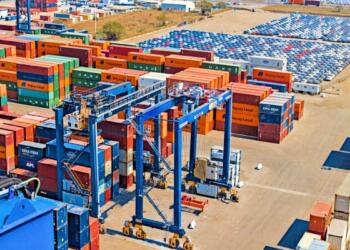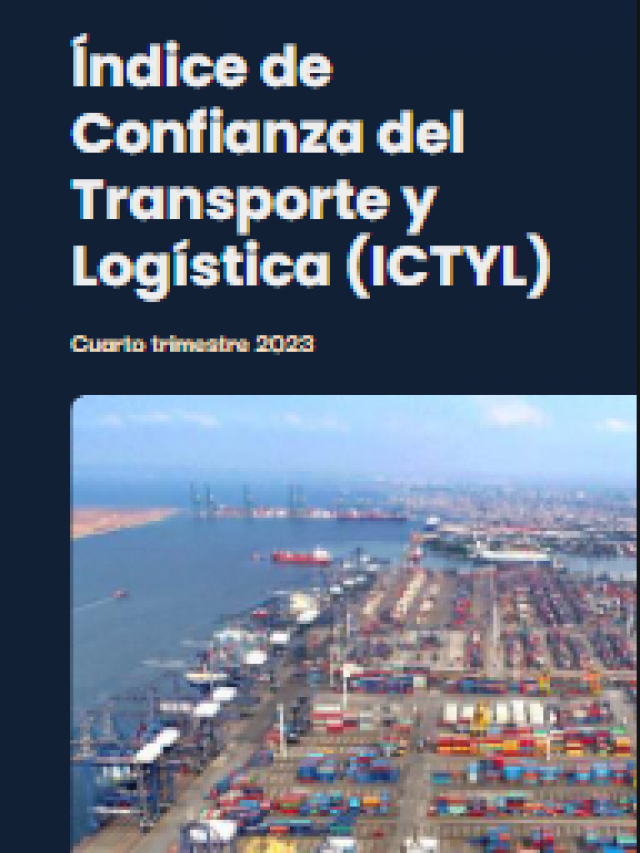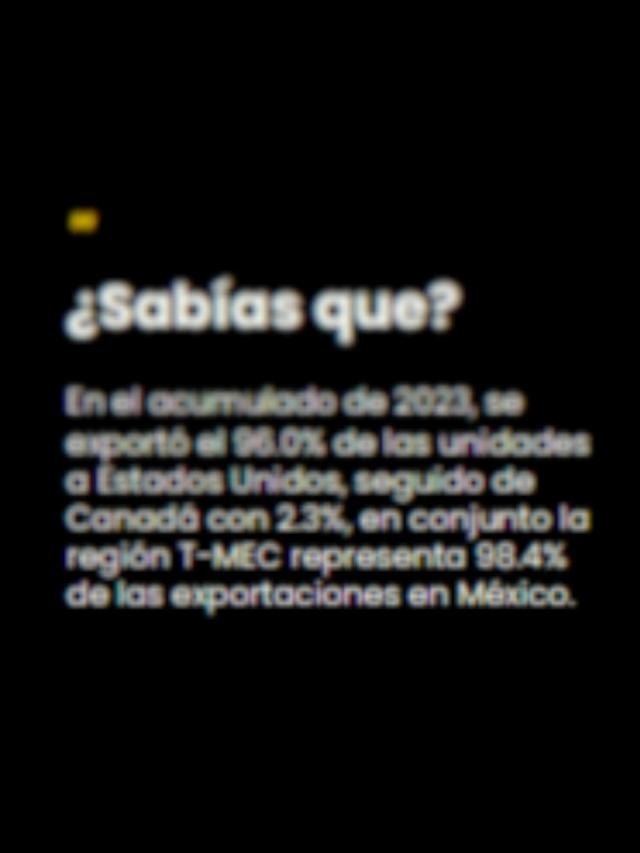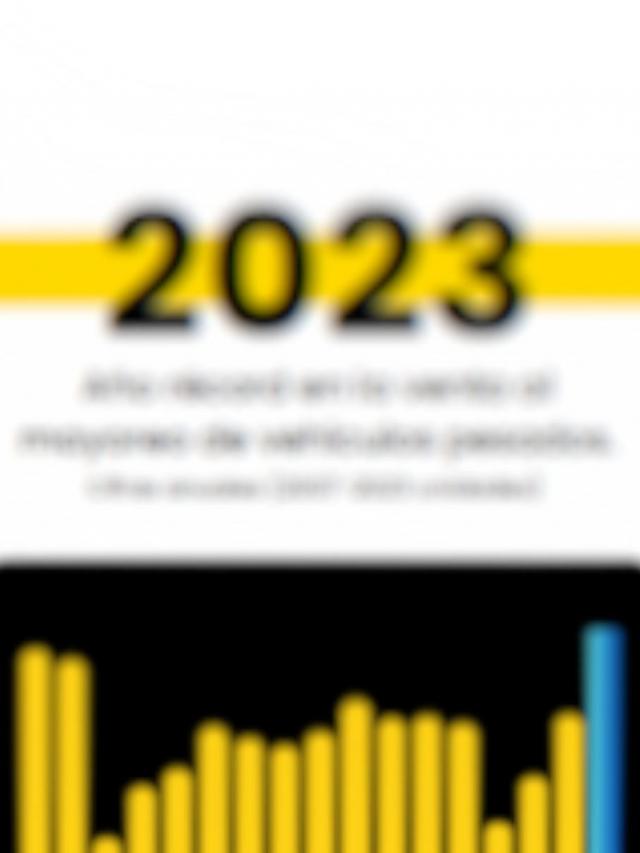Despite the weakness in regional project announcements, Foreign Direct Investment (FDI) received by Mexico in 2024 had an annual increase of 11% , “which shows resilience in the face of broader challenges,” revealed a report by the United Nations Conference on Trade and Development (UNCTAD) .
According to its latest Global Investment Trends Monitor , global FDI rose 11% to $1.4 trillion , although it fell 8% over the past year when excluding flows through European economies, “reflecting a world facing changing economic dynamics and persistent uncertainties.”
The report detailed that in developing economies , which include Latin America, Asia and Africa, FDI fell by 2% , which meant the second consecutive annual decline.
In Latin America and the Caribbean , FDI fell by 9 percent . Among the countries in this region, inflows from Brazil fell by 5% , although the value and number of new projects increased in this country, as well as in Argentina and Colombia, which would indicate a possible recovery in the future.
Meanwhile, Asia saw a 7 percent decline . China faced a 29 percent drop , 40 percent below its 2022 peak. Meanwhile, India saw a 13 percentincrease in FDI, driven by growth in new project announcements.
Africa stood out with an 84% increase in FDI to $94 billion , due to a mega project in Egypt. “Excluding this project, the continent’s FDI increased by 23%, although the total figure remained modest at $50 billion,” according to UNCTAD.
As for developed economies , the UN body said they experienced sharp contrasts. North America recorded a 13% growth in Foreign Direct Investment, driven by an 80% increase in mergers and acquisitions (M&A) in the United States .
In that country, the value of greenfield projects (new investments in foreign markets) reported a rise of 93% , reaching 266 billion dollars , driven by semiconductor megaprojects.
The UK also saw a 32% increase in greenfield investment to $85bn , while Italy saw growth of 71% to $43bn .
However, Europe faced sharp declines, with FDI falling by 45% , and 18 of the 27 European Union countries recording declines. The Global Investment Trends Monitor noted that Germany ‘s FDI plunged by 60% , Italy ‘s by 35% , Spain by 13% and France by 6% .
In its forecast for this year, UNCTAD estimated moderate growth in FDI, reflecting improved financing conditions and mergers and acquisitions, although it expects that risks and uncertainties, including geopolitical tensions and global economic instability, pose significant challenges.
“The continued decline in greenfield investment and international project financing highlights the need for robust and diversified strategies to attract and retain investment,” he said.
In Mexico, although the Ministry of Economy has not yet released the FDI figure for 2024, data from the agency itself indicate that in the second quarter of last year, FDI was US$31,096 million , which represented the highest figure since records began for that period.
However, the positive FDI figures in the country may be affected by the uncertainty generated among the foreign business sector by the reform of the Judicial Branch and the disappearance of autonomous bodies , as well as the protectionist trade policy that the President of the United States, Donald Trump , seeks to implement, who wants to impose 25% tariffs on Mexico , which would become effective as of February 1.
Comment and follow us on X: @GrupoT21














